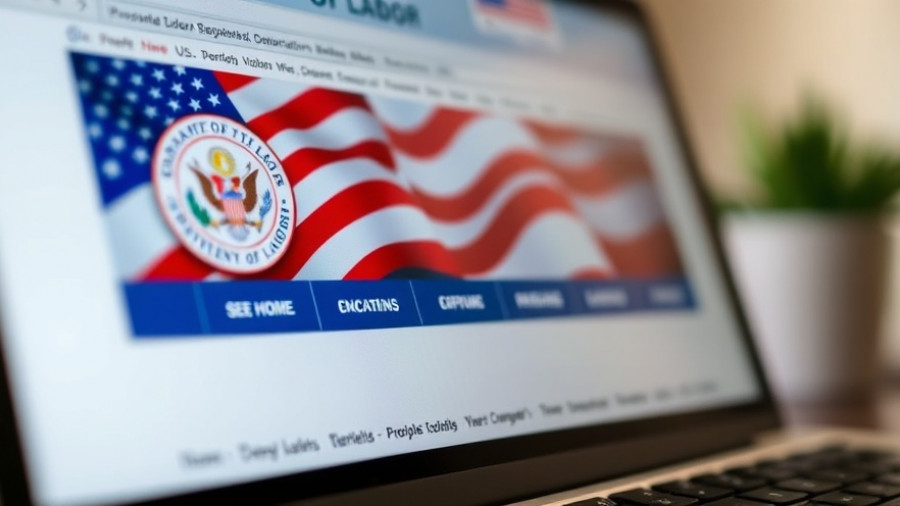
The Landscape of Workforce Development in America
In a decisive move to bolster the nation’s economy and ensure that American workers are equipped for future challenges, the U.S. Department of Labor has allocated more than $86 million to enhance workforce training across 14 states. This initiative is particularly focused on critical industries such as manufacturing and shipbuilding, which stand at the forefront of national economic revitalization. Secretary of Labor Lori Chavez-DeRemer stated, “By investing in workforce development initiatives across the country, we are preparing American workers to fill the high-paying jobs being created in these sectors,” highlighting the relevance of this funding for emerging industries.
Industry-Specific Training: A Blueprint for Success
The grants, administered by the Employment and Training Administration, are designed to enable employers to fund training for both new and existing employees. Several states have already outlined robust plans to direct these funds into high-demand skill areas. For instance, Michigan's initiative will train over 720 workers specifically in shipbuilding skills, relying on a collaborative model that draws from local maritime employers. This model addresses not only the immediate needs of industry but also supports long-term workforce sustainability, countering skills shortages that could hamper growth.
Future-Proofing America's Workforce
As advanced manufacturing techniques evolve and the demand for skilled workers rises, the government is taking essential steps to fortify the workforce. This funding is part of a broader strategy to ignite innovation and improve domestic production efficacy, which have been identified as pivotal in maintaining the country’s competitive edge. By focusing on high-demand sectors like AI and renewable energy alongside traditional trades, this initiative aims to ensure that the American workforce is not only ready for current jobs but is also poised to adapt to future industry shifts.
Implications for Diverse Industries
Funding allocations extend across various sectors: from Georgia’s $5 million in energy training to Louisiana’s focus on AI-related trades. This expansive reach highlights the significance of multi-faceted training that supports an interconnected economy. Moreover, as we witness developments in sectors like construction and technology, the potential for collaboration between contractors and manufacturers grows, fostering a more integrated approach to workforce preparation. Industry leaders can leverage this momentum to redefine how training programs enhance operational efficiency, ultimately creating a more skilled, versatile workforce.
Final Reflections on Workforce Innovation
In conclusion, the $86 million investment in workforce training signifies a crucial recognition of the link between education, job creation, and economic stability. For architects, contractors, and fabricators, this funding presents an opportunity to collaborate with governmental agencies to establish training programs that align with their specific needs. Engaging in such initiatives not only enriches the workforce but also positions companies favorably in the competitive landscape.
 Add Row
Add Row  Add
Add 




Write A Comment